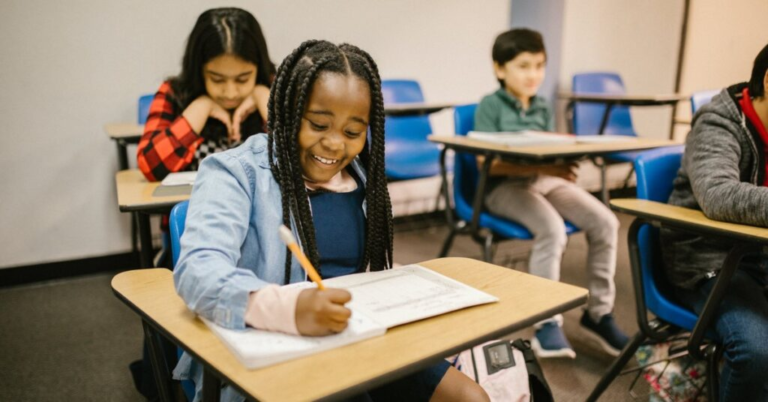Inclusive education is an educational approach that seeks to integrate all students, regardless of their individual needs, disabilities, or differences, into the same learning environment. While the principle of inclusivity has become a fundamental goal in education systems worldwide, its implementation is not without challenges. However, innovative solutions and adaptive teaching practices are helping to overcome these obstacles, fostering environments where every student can thrive.
Challenges in Inclusive Education
1. Lack of Adequate Teacher Training
One of the most significant challenges in inclusive education is the lack of teacher preparation. Many educators enter the profession without sufficient training to effectively accommodate the diverse needs of all students. Teaching students with disabilities or learning differences, for instance, often requires specialized knowledge, adaptive techniques, and the ability to differentiate instruction. Without adequate training, teachers may struggle to create an inclusive classroom, inadvertently sidelining students who require extra support.
2. Insufficient Resources
Resource constraints also pose a major hurdle. Schools often face budgetary limitations, preventing them from acquiring necessary materials such as assistive technology, specialized learning aids, or additional staff to support inclusion. Inclusive education can demand small class sizes, the presence of special education professionals, or adaptive devices that ensure students with physical or learning disabilities can engage fully. Without these resources, inclusive education may fall short of its ideals, leaving certain students disadvantaged.
3. Negative Attitudes and Stereotypes
Attitudes toward students with disabilities or learning differences can also impede inclusion. Some educators, parents, and students may harbor biases or hold stereotypes about the capabilities of students with disabilities. These negative perceptions can manifest in various ways, including low expectations, bullying, or social exclusion, which further marginalizes the students who are meant to benefit from inclusive education.
4. Curriculum Rigidity
The inflexibility of standardized curricula presents another challenge. Many national education systems are structured around rigid curricula and assessments that are not easily adapted for diverse learners. This often leaves students with special needs struggling to meet the same academic benchmarks as their peers. A lack of flexibility in teaching methods and learning objectives can hinder the success of students who require individualized approaches to learning.
5. Administrative and Policy Gaps
Even where inclusive education policies exist, gaps in implementation can be an issue. In many cases, there is a disconnect between inclusive education policies at the national or district level and the practical realities faced by schools. Policies may not be adequately funded, or they might lack the comprehensive support needed for full implementation, leading to inconsistent or ineffective practices across different schools.
Solutions to Foster Inclusive Education
1. Comprehensive Teacher Training Programs
To address the gap in teacher preparedness, educational institutions must prioritize professional development that focuses on inclusive teaching strategies. Regular workshops, certification programs, and collaboration with special education experts can equip teachers with the skills necessary to create inclusive environments. In addition, teachers can benefit from learning how to apply Universal Design for Learning (UDL) principles, which offer flexible approaches to instruction that accommodate all learners.
2. Investing in Resources and Support
Adequate funding is crucial for the success of inclusive education. Schools and governments must ensure that sufficient resources are allocated to support inclusion. This includes providing schools with assistive technologies, employing special education professionals, and offering smaller class sizes when needed. Collaborating with non-profit organizations or the private sector to secure resources can also bridge some of the funding gaps, ensuring students have access to the tools they need to succeed.
3. Promoting Awareness and Positive Attitudes
Efforts to change attitudes toward inclusion are essential. Schools can implement awareness programs aimed at reducing stereotypes and fostering a culture of acceptance and respect. Encouraging peer mentorship programs can also help students without disabilities understand and appreciate diversity. Furthermore, promoting positive narratives around the achievements and potential of students with disabilities can challenge existing biases and foster a more inclusive mindset.
4. Flexible and Adaptable Curriculum
Curriculum reform is necessary to accommodate diverse learning needs. Educators and policymakers can work together to design flexible curricula that allow for differentiation in learning outcomes and instructional methods. For example, incorporating project-based learning or personalized assessments can help ensure that students with different abilities are assessed fairly and according to their strengths, rather than solely on traditional academic benchmarks.
5. Strengthening Policy Implementation
To overcome administrative and policy gaps, there needs to be a stronger commitment to enforcing inclusive education mandates. This includes regular monitoring of schools’ progress toward inclusivity, providing feedback to administrators, and offering incentives for schools that excel in inclusion. Governments can also ensure that funding for inclusive education is ring-fenced, ensuring that allocated resources are used specifically for supporting students with special needs.
Conclusion
Inclusive education is both a noble goal and a practical necessity in today’s diverse society. Although challenges such as inadequate training, limited resources, and negative attitudes remain, these can be addressed through thoughtful policy reform, increased investment, and a commitment to fostering understanding and empathy in the classroom. By implementing these solutions, educational institutions can create environments where all students, regardless of their abilities, can succeed and thrive together.

